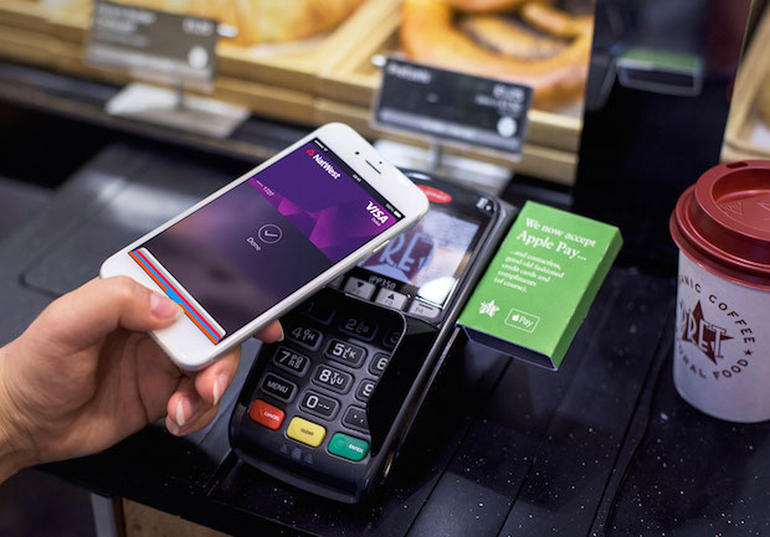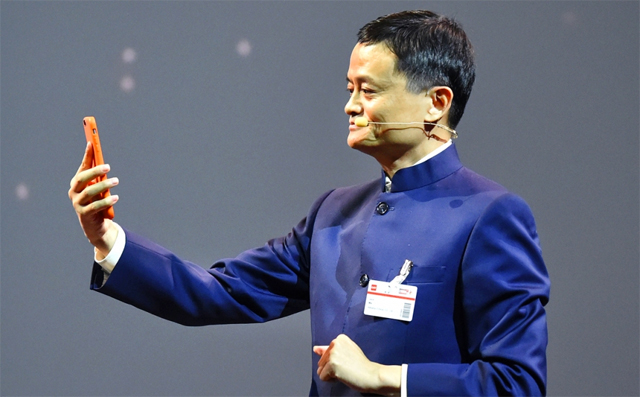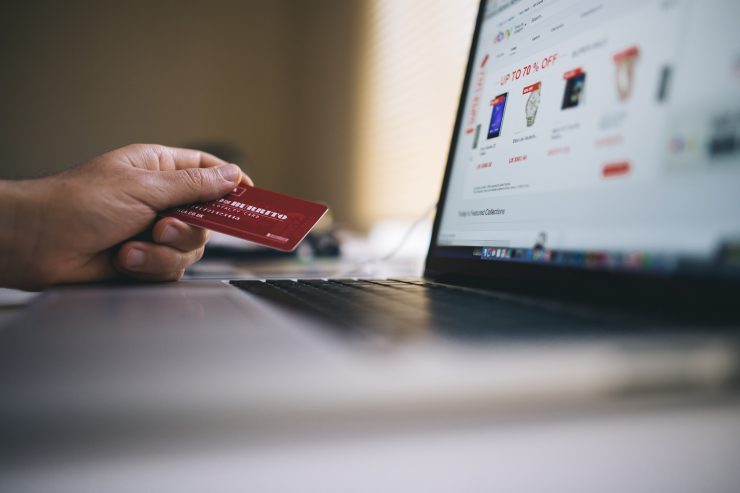In order to better understand the issues and what is at stake in the textile and fashion industry, we are launching a new series of articles about the influence of digital within these sectors
After focusing on production processes, then logistics, it is time to check out at the register: let’s discover the latest innovations in terms of payments, and their implication on consumer behaviors!
APPLE PAY, NFC… The mobile revolution
It has been several years now that mobile payment is widely covered by Medias (basically since Apple announced the creation & launch of the Apple Pay service in September 2013, 3 years ago), the main problem of such technologies is still their industrialization.
In fact, these new concepts present robust pros (faster than ever check-out, in-the-cloud receipt, monitoring of your purchases directly on you smartphone, etc…) but are still focusing on industrials: benefits are more prevalent for a professional retailer than for a regular customer. Nevertheless, these uses are starting to rise, even if France is late on the subject for now, French people being a bit frightened in front of these new payments offers: 10% only are interested in having a mobile wallet, to be compared with 21% of Spanish people or a third of Italians! The big change will probably be slower than expected, the Forrester market study group betting on 20% of smartphone users in the USA having such a wallet in 2018.

In the meantime, concerns are rising about security: NFC-based contactless payments can for example be from a near distance in public transport… And what do you do if you lose your mobile or get robbed? These issues do not seem to be fully addressed by start-ups and large companies, like Google and its Wallet, while they are the first priority in the consumer minds.
We could then talk of mobile payment as a « technology push », a product that, even if it is technically superior, does not succeed to launch because it does not meet the customer’s needs. Then, will mobile payments be the Betamax or Minitel? On their way to success, new actors like AliPay, Tilt or Lidya in France will have to propose really innovative and striking experiences, in order to stand out from traditional actors – Banks or financial services providers, like Visa or Mastercard.
Digital, internationalization & payments gathering
Driven by new companies but also recent digital champions as Adyen, payment is becoming more and more international: growths drivers on non-domestic markets are simpler to achieve for e-retailers and the new business models from the Web, thanks to technologies that are avoiding change rates or reducing change risks. The rise of the blockchain technology and crypto-currencies like Ether or BitCoin might be able to simplify and provide more secured means of payments, through unalterable, shared databases.

But the payment and billing activities are still hit by the collaborative economy: some online stores now propose to pay together for a product or service. That might be practical if you want to buy something as a common gift, or tickets for a concert, a trip between friends… This is why Voyages SNCF, one the largest French online stores when it comes to revenue (more than 1billion!), partnered with LePotCommun.com, a specialized platform for common pots, in order to provide such an experience on their website! Will this kind of fragmented payment able to change the way we buy and consume luxury goods for example? Some think so, and offers such services in BtoB, to set-up on webstore as a plug-in: it is the case of MangoPay, a company founded by Celine Lazorthes, who already created Leetchi a few years ago.
Security, a driver for innovation
Alibaba is also willing to secure in a more precise way the payment made on its platform, while unveiling new customer experiences that surprise, entertain and are less intrusive. The Chinese leader of e-commerce announced in March 2015 a new feature on its AliPay app, which is backed by a concept of customer identification through selfie. Amazon also announced through some patent applications that its teams were working on similar concepts, which will allow customers not to sign in through an easy-to-crack password, but instead use video and picture-based authentication. What better idea than a picture to identify who just use a credit card that might be a fraud?

Oberthur Technologies, one of the world leaders in digital security, also innovated by unveiling a connected device, and not the one you would think of: a connected credit card! Thanks to a micro-screen directly embedded in the back of the card, the 3-numbers authentication code can now change at every transaction, making it impossible to use the card twice with the same codes: and this is how you end a large part of online payment fraud. You only had to think about it…
THE LOOK FORWARD PERSPECTIVE
Payment is often underestimated by young start-ups, but also fashion brands and retailers. The reason for that is that it is seen as a very basic, price-oriented service that does not allow one’s to differentiate from its competitors. Nevertheless, payment is more and more important for customers that are craving for more simple, intuitive, original and secured solutions! Payment should then be in wider problematics, as User Experience, Marketing, OmnniChannel…
